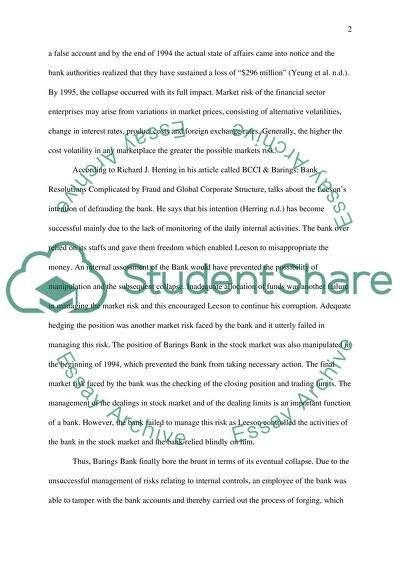Cite this document
(“Risk Management for Finance Sector Enterprises Essay”, n.d.)
Retrieved de https://studentshare.org/finance-accounting/1390352-risk-management-for-finance-sector-enterprises
Retrieved de https://studentshare.org/finance-accounting/1390352-risk-management-for-finance-sector-enterprises
(Risk Management for Finance Sector Enterprises Essay)
https://studentshare.org/finance-accounting/1390352-risk-management-for-finance-sector-enterprises.
https://studentshare.org/finance-accounting/1390352-risk-management-for-finance-sector-enterprises.
“Risk Management for Finance Sector Enterprises Essay”, n.d. https://studentshare.org/finance-accounting/1390352-risk-management-for-finance-sector-enterprises.


